Filter by
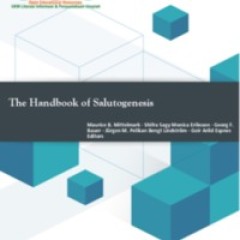
The Handbook of Salutogenesis
This handbook, in either its online open access form or its printed form, is obviously not suited to the pocket. Nor does it aspire to be anything more or less than the first compendium of information about the topic “salutogenesis,” in English at any rate.
- Edition
- -
- ISBN/ISSN
- -
- Collation
- -
- Series Title
- -
- Call Number
- 610
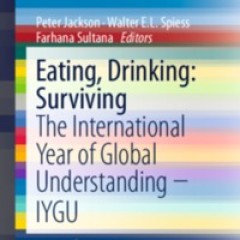
Eating, Drinking: Surviving
This publication addresses the global challenges of food and water security in a rapidly changing and complex world. The essays highlight the links between bio-physical and socio-cultural processes, making connections between local and global scales, and focusing on the everyday practices of eating and drinking, essential for human survival. Written by international experts, each contribution i…
- Edition
- -
- ISBN/ISSN
- -
- Collation
- -
- Series Title
- -
- Call Number
- 610
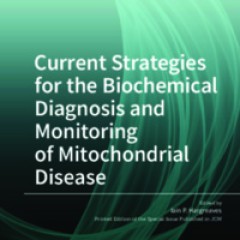
Current Strategies for the Biochemical Diagnosis and Monitoring of Mitochondr…
Mitochondrial disease constitutes a complex and heterogeneous group of disorders resulting from a defect in mitochondrial respiratory chain (MRC) enzyme activity. In view of the dual regulation of the MRC, exercised by both the mitochondrial and nuclear genome, mutations in either mitochondrial or nuclear DNA can result in a MRC deficiency. Whilst a single organ can be affected, MRC disorders o…
- Edition
- -
- ISBN/ISSN
- -
- Collation
- -
- Series Title
- -
- Call Number
- 610
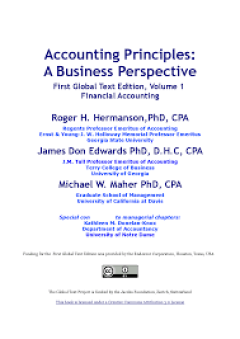
Accounting Principles: A Business Perspective
Overview: Uses annual reports of real companies to illustrate many of the accounting concepts in use in business today. Gaining an understanding of accounting terminology and concepts, however, is not enough to ensure your success. You also need to be able to find information on the Internet, analyze various business situations, work effectively as a member of a team, and communicate your ideas…
- Edition
- -
- ISBN/ISSN
- -
- Collation
- -
- Series Title
- -
- Call Number
- 657
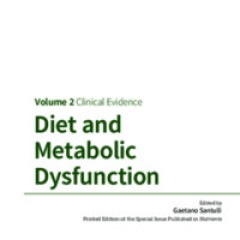
Diet and Metabolic Dysfunction (2)
The purpose of these books is to have an updated systematic overview examining, in detail, the functional role of different diets and dietary components in maintaining glucose homeostasis and preventing long-term complications. The first book includes experimental evidence from preclinical research, whereas the second book provides studies in the clinical scenario.
- Edition
- -
- ISBN/ISSN
- -
- Collation
- -
- Series Title
- -
- Call Number
- 610

Nutraceuticals and the Skin: Roles in Health and Disease
he skin is the largest organ of the body and serves as a barrier between the inner and external environments. As such, any problems in the skin can have serious effects on systemic health and well-being. Several studies have established that both nutritional and dietary factors play an important role in the maintenance of normal skin integrity, and can execute a causative, preventative and/or t…
- Edition
- -
- ISBN/ISSN
- -
- Collation
- -
- Series Title
- -
- Call Number
- 610
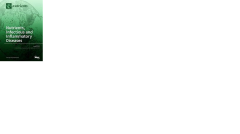
Nutrients, Infectious and Inflammatory Diseases
Foodborne disease like salmonellosis and toxoplasmosis are amongst the most significant causes of hospitalization in the U.S. and globally. Gastrointestinal infections alter gut microbiomes and increase permeability to toxins. Various invasions by microbial, fungal, viral and parasitic agents stimulate inflammation, a defensive mechanism of the body’s immune system. Other stimuli include envi…
- Edition
- -
- ISBN/ISSN
- -
- Collation
- -
- Series Title
- -
- Call Number
- 610

Nutrition and Allergic Diseases
The purpose of this Special Issue, “Nutrition and Allergic Diseases”, is to provide an overview of the role of nutrition in allergy. The prevalence of asthma, rhinitis, and food allergy has increased tremendously over the last few decades. Is there a role for nutrition to help managing this global challenge? This Special Issue touches upon the many aspects that relate to nutrition and aller…
- Edition
- -
- ISBN/ISSN
- -
- Collation
- -
- Series Title
- -
- Call Number
- 610

Animals and the Shaping of Modern Medicine
This book breaks new ground by situating animals and their diseases at the very heart of modern medicine. In demonstrating their historical significance as subjects and shapers of medicine, it offers important insights into past animal lives, and reveals that what we think of as ‘human’ medicine was in fact deeply zoological. Each chapter analyses an important episode in which animals chang…
- Edition
- -
- ISBN/ISSN
- -
- Collation
- -
- Series Title
- -
- Call Number
- 610
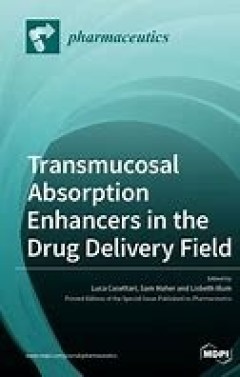
Transmucosal Absorption Enhancers in the Drug Delivery Field
Development of strategies to assist the movement of poorly permeable molecules across biological barriers has long been the goal of drug delivery science. In the last three decades, there has been an exponential increase in advanced drug delivery systems that aim to address this issue. However, most proprietary delivery technologies that have progressed to clinical development are based on perm…
- Edition
- -
- ISBN/ISSN
- -
- Collation
- -
- Series Title
- -
- Call Number
- 610
 Computer Science, Information & General Works
Computer Science, Information & General Works  Philosophy & Psychology
Philosophy & Psychology  Religion
Religion  Social Sciences
Social Sciences  Language
Language  Pure Science
Pure Science  Applied Sciences
Applied Sciences  Art & Recreation
Art & Recreation  Literature
Literature  History & Geography
History & Geography